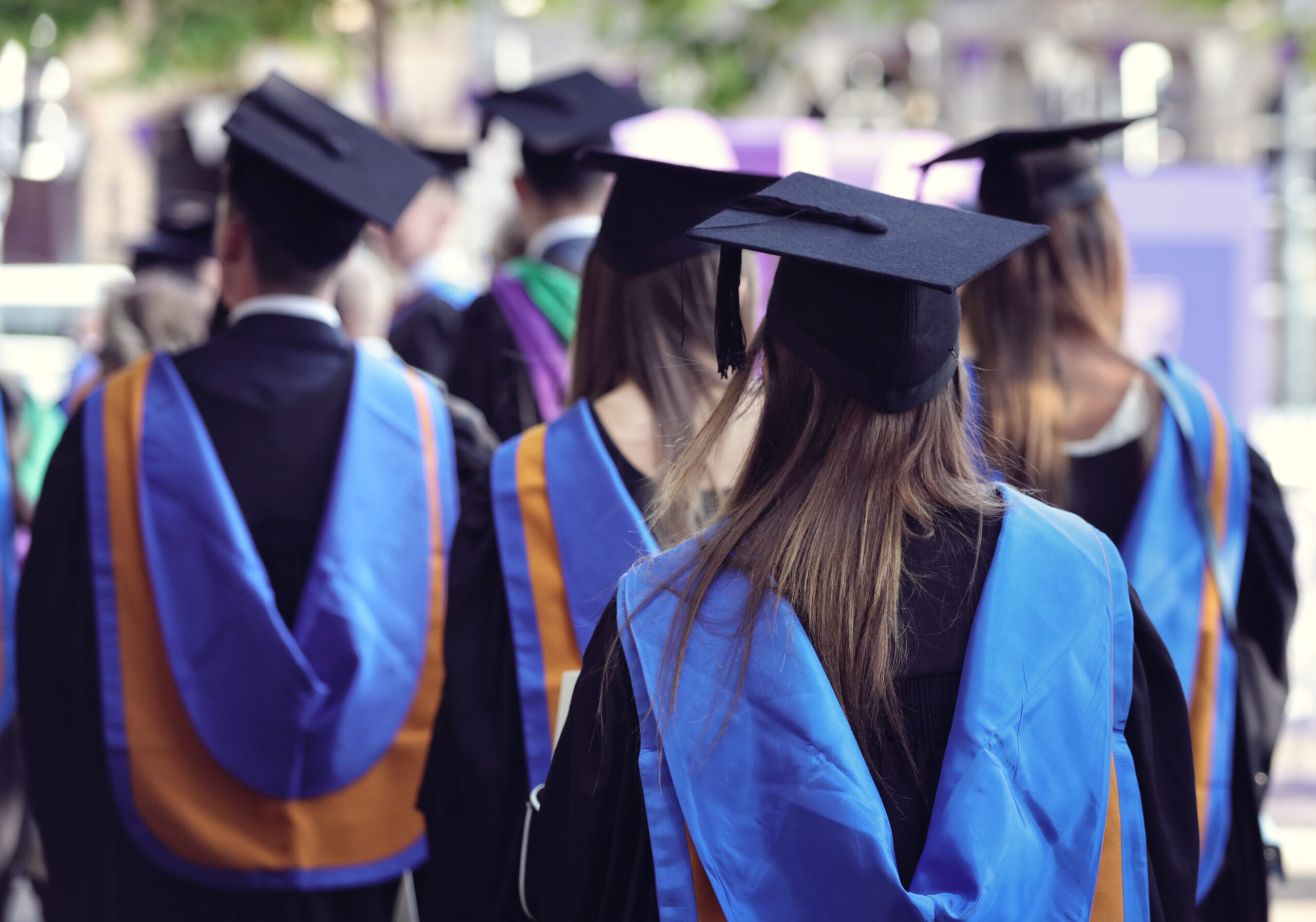The First Amendment right to free speech is one of the core values that define the American way of life. Historically, speech limitations are only upheld in very specific circumstances. Recently, the Supreme Court heard oral arguments to determine whether off-campus student speech might justify speech limitations.
In this article, we’re going to explain the facts behind the case and discuss the reasoning for the court’s opinion. Let’s get started!
The Facts of the Case
The case of Mahanoy Area School District v. B.L. was granted cert by the Supreme Court in January 2021. The primary question, in this case, was whether or not the First Amendment prohibited public school officials from regulating off-campus student speech.
The litigation began after B.L. tried out for the Mahanoy Area High School’s (MAHS) varsity cheerleading team. Although she did not make the varsity team, she was selected for the junior varsity squad. The teenager later posted a Snapchat photo that read: “F*** school f*** softball f*** cheer f*** everything.” After students reported the photo to the cheerleading coach, it was determined that the photo had violated school and team rules. As a result, B.L. was suspended from the junior varsity team.
The plaintiff, B.L., argued that the school had violated her First Amendment rights by restricting off-campus speech. She sued the school under 42 U.S.C. § 1983, alleging:
- that her suspension from the team violated the First Amendment;
- that the school and team rules were overbroad and viewpoint discriminatory; and
- that those rules were unconstitutionally vague
Reviewing the Decision
Before arriving at the Supreme Court, the district court granted summary judgment in B.L.’s favor, ruling that the school had violated her First Amendment rights. This decision was later affirmed by The U.S. Court of Appeals for the Third Circuit. In June 2021, the decision was affirmed for the final time in an 8-1 decision by the Supreme Court.
Publicly funded schools are permitted to regulate student speech and on-campus conduct, however, the students “do not “shed their constitutional rights to freedom of speech or expression” when they enter campus. The Court offered examples of some occasions where the school could rightfully regulate speech, including:
- indecent, lewd, or vulgar speech on school grounds,
- speech promoting illicit drug use during a class trip, and
- speech that others may reasonably perceive as “bear[ing] the imprimatur of the school,” such as that appearing in a school-sponsored newspaper.
The Court’s decision drew heavily from the foundation created by Tinker v. Des Moines Independent Community School District, 393 U.S. 503 (1969). In Tinker, the Court held that schools could regulate speech that “materially disrupts classwork or involves substantial disorder or invasion of the rights of others.” In the case of B.L., the student’s speech occurred off-campus and should have fallen under the umbrella of parental responsibility.
Final Thoughts
Thanks for reading! We hope we’ve been able to explain the Supreme Court’s decision and reasoning in this historic case. If you enjoyed this article, let us know on social media!
Please don’t hesitate to contact us with any questions or concerns. At First Legal, we’re here for you from File Thru Trial™!






